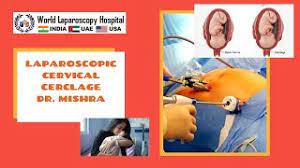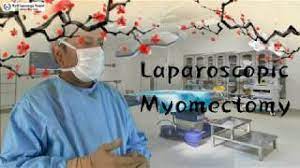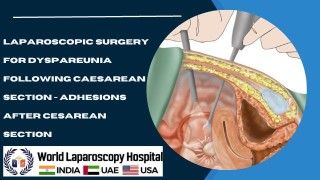Laparoscopic Cholecystectomy, Appendectomy and small Myomectomy in same patient
Add to
Share
220 views
Report
2 months ago
Description
Performing multiple laparoscopic procedures in a single surgical session is a complex yet increasingly feasible approach in minimally invasive surgery. Combining procedures like cholecystectomy (gallbladder removal), appendectomy (appendix removal), and small myomectomy (removal of uterine fibroids) can be advantageous for carefully selected patients. Indications: This combined approach is considered when a patient presents with coexisting conditions such as: Symptomatic gallstones requiring cholecystectomy. Acute or chronic appendicitis or prophylactic appendectomy indication. Small, symptomatic uterine fibroids amenable to laparoscopic myomectomy. Advantages of Combined Laparoscopic Surgery: Single Anesthesia Exposure: Reduces the risks associated with repeated general anesthesia. Faster Overall Recovery: Instead of separate recovery periods, the patient recovers from all procedures simultaneously. Cost-Effective: Hospital stay and overall surgical costs are reduced. Minimally Invasive Benefits: Less postoperative pain, smaller scars, and lower infection risk compared to open surgery. Surgical Considerations: Preoperative Assessment: Thorough evaluation of cardiopulmonary status, lab tests, imaging studies (ultrasound/CT/MRI), and gynecological assessment for myomectomy. Port Placement: Strategic planning is crucial to allow access to the gallbladder, appendix, and uterus without repositioning or multiple incisions. Sequence of Procedures: Typically, the order is chosen to minimize contamination risk — e.g., cholecystectomy first, followed by appendectomy, and finally myomectomy. Operative Time: Combined procedures increase operative duration, so patient’s tolerance for prolonged pneumoperitoneum must be assessed. Postoperative Management: Early ambulation and pain control. Monitoring for complications like bleeding, infection, or organ injury. Gradual return to normal diet and activities. Challenges: Increased operative complexity requiring an experienced laparoscopic surgeon. Higher risk of postoperative fatigue due to longer surgery. Careful monitoring for cross-contamination, especially when combining gastrointestinal and gynecological procedures. Conclusion: Performing laparoscopic cholecystectomy, appendectomy, and small myomectomy in the same patient is a safe and effective strategy in well-selected cases. With meticulous surgical planning, experienced teams, and proper patient selection, this approach maximizes the benefits of minimally invasive surgery while minimizing overall morbidity and recovery time.
Similar Videos





